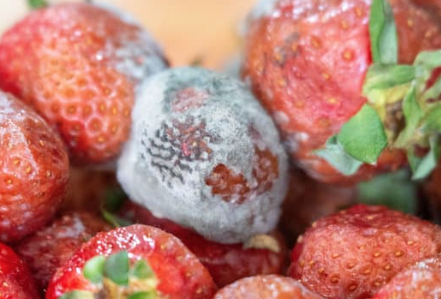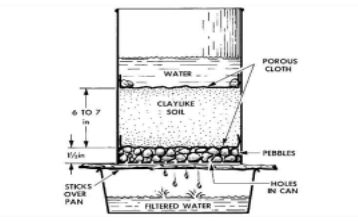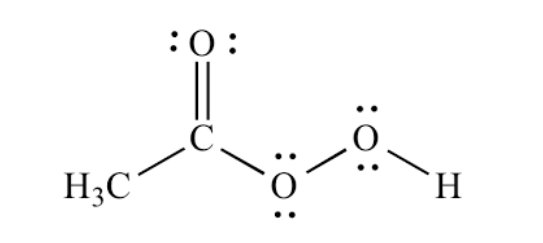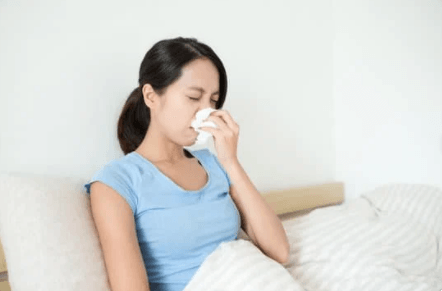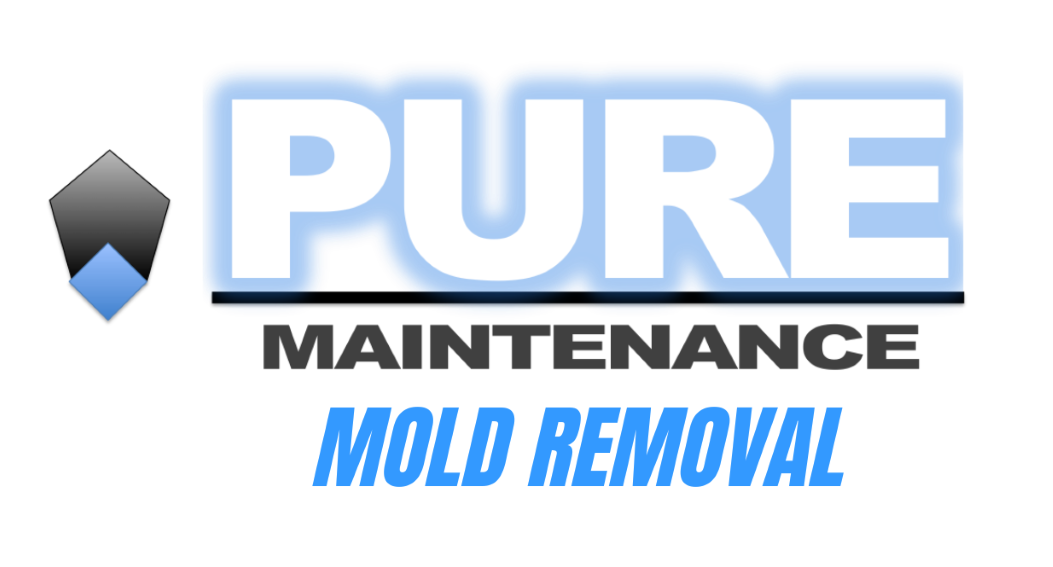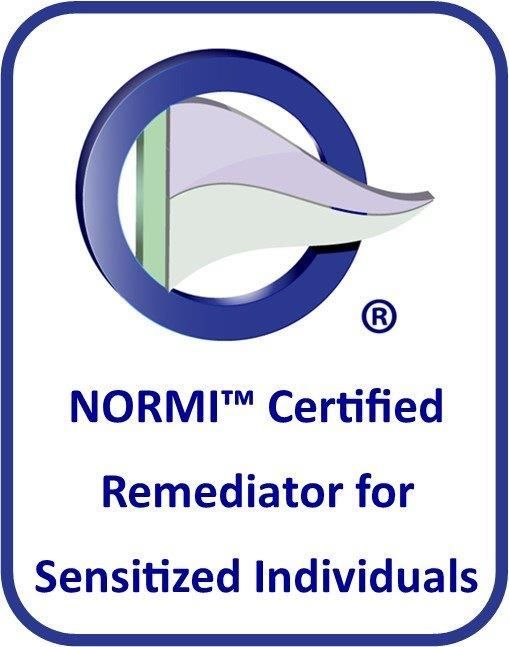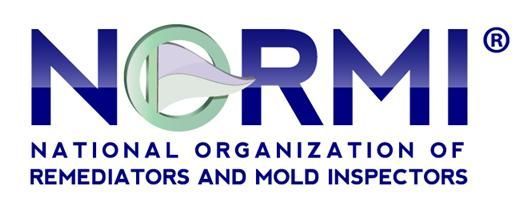The Molecules of Life
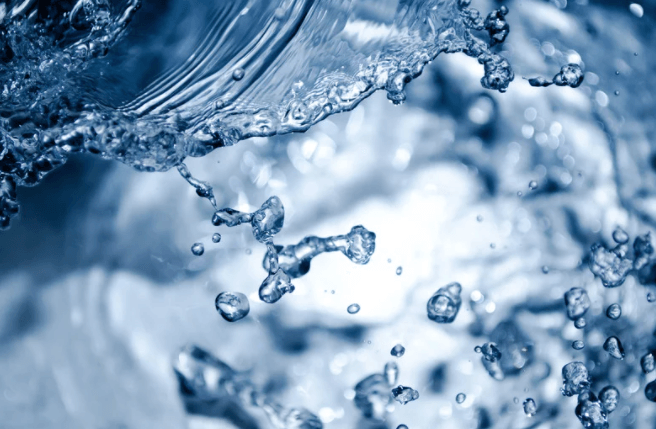
In this series of posts, I’ll be explaining how peracetic acid (PAA) kills or inactivates microbes. But first I need to set the stage. PAA is a highly reactive molecule. But to explain what the PAA is reacting with and why that matters, I first need to describe what microbes are made of. All living things (including microbes) are made up of a complex mix of chemicals. But we can place all of those chemicals into three broad groups: water, small molecules, and macromolecules.
Water
The main role of water in living things is to act as a solvent. It dissolves nutrients so that they can be brought in and it dissolves wastes so that they can be carried away. Water also has an important role in certain chemical reactions that take place within living cells. But water also has important environmental effects. For example, water vapor in the atmosphere helps to keep temperatures from fluctuating too much and clouds can provide welcome relief from the sun.
Water also has an unusual property in that it becomes less dense when it freezes. Most liquids get denser when they become solid. If water behaved that way, during cold temperatures ice would form at the top of a lake and then sink to the bottom. This would happen over and over again until the entire lake was frozen. When warm temperatures returned, the water at the top of the lake would melt, but the rest would stay frozen. This would happen in the oceans, too, so most of the planet would be ice. But water doesn’t behave that way. Ice forms at the top of the water and floats because it is less dense. The water underneath stays liquid. This means that the lake will become entirely unfrozen in warm weather. This also means that animals, plants, and microbes can survive cold temperatures by living in the water underneath the ice.
When PAA is added to water, it dissolves. This has no effect on the water except to change its pH (make it more acidic).
Small Molecules
Small molecules are molecules that have anywhere from one to a few dozen atoms.
One important type of small molecule is minerals. The following minerals are important for living things: calcium, magnesium, sodium, potassium, sulfur, phosphorus, chlorine, iron, zinc, copper, iodine, selenium, manganese, molybdenum, cobalt, boron, nickel, and lithium. Some of these (like sulfur and phosphorus) can be incorporated directly into biological molecules. Others (like magnesium, iron, zinc, and copper) help certain proteins perform their function correctly. Still others (like sodium and potassium) are used by cells to maintain how salty they are on the inside.
Another type of small molecule that is important to living things is gasses. The most important gasses to microbes are oxygen, hydrogen, nitrogen gas, carbon dioxide, and methane. Certain microbes can breathe some of these gasses. Other microbes just break them apart so that they can be used for making biological molecules.
Vitamins, an energy molecule called ATP, and the building blocks for making macromolecules are also considered small molecules. Small molecules are affected by PAA, but this isn’t the primary way that PAA kills microbes, so I’m not going to go into more details.
Macromolecules
After water, macromolecules make up most of the weight of living things. Macromolecules are molecules that have hundreds or even thousands of atoms. They usually don’t dissolve easily in water unless the right kinds of salts are present.
Biological macromolecules are also polymers. That means that they are made up of simple units that can be combined to make longer or larger molecules. A good comparison would be LEGO bricks. With just a few different shapes and colors of bricks, people can build very elaborate LEGO creations. The same is true for biological polymers: with the same sets of building blocks, arranged in different combinations, we get things as diverse as swamp gum trees, E. coli, dwarf frogs, Micrasterias algae, and stinkhorns.
There are four major macromolecules that are found in biology:
- polysaccharides (which are made of sugars)
- lipids (some of which are made of fats)
- nucleic acids (which are made of nucleotides)
- proteins (which are made of amino acids)
As mentioned above, the building blocks of these macromolecules are considered small molecules. But those building blocks can be combined into molecules that are much larger. For example, if we stretched out the DNA in one human cell, it would be about 6 feet long!
Macromolecules are the primary target of PAA. How PAA attacks macromolecules and why that kills or inactivates microbes will be the subject of a future post.
Doctor Matthew Crook
